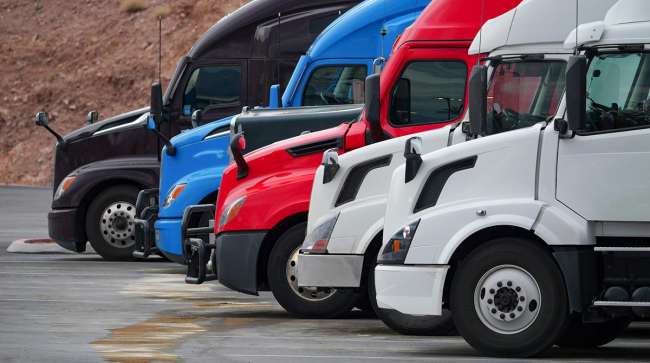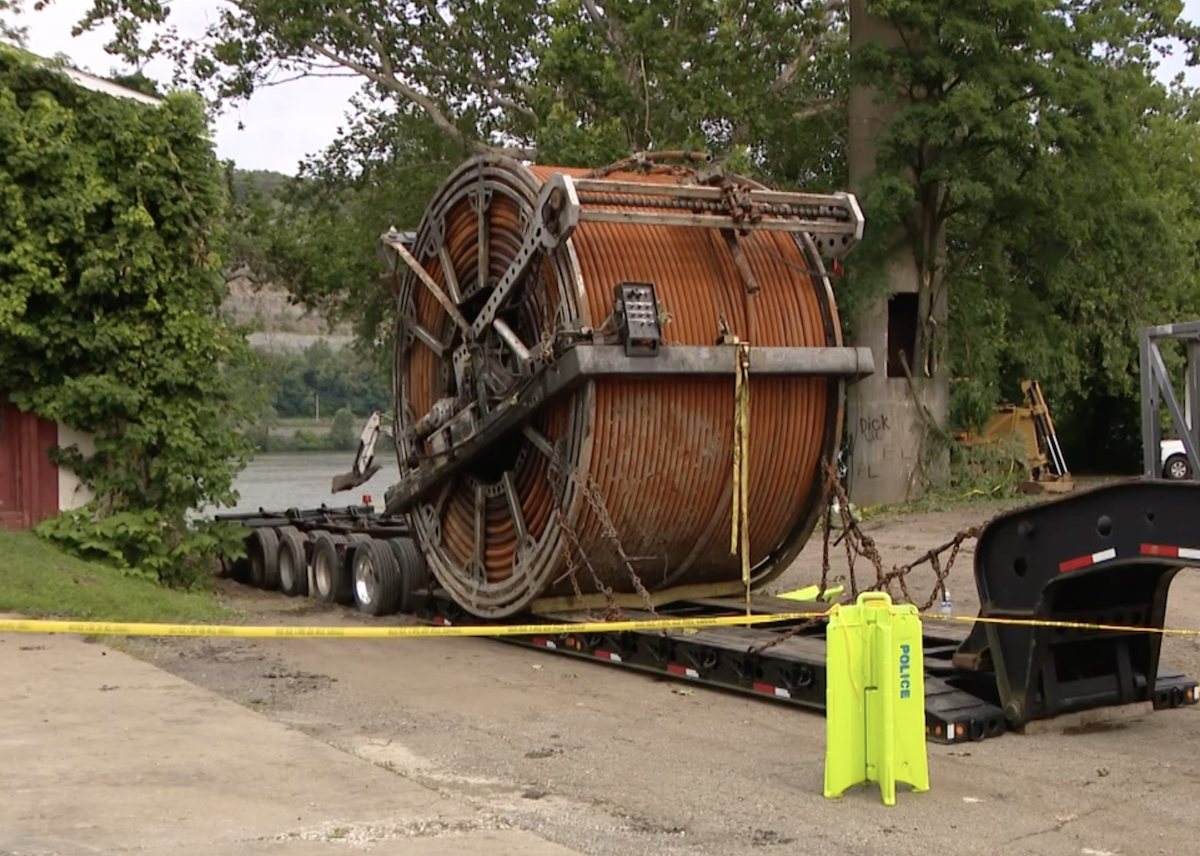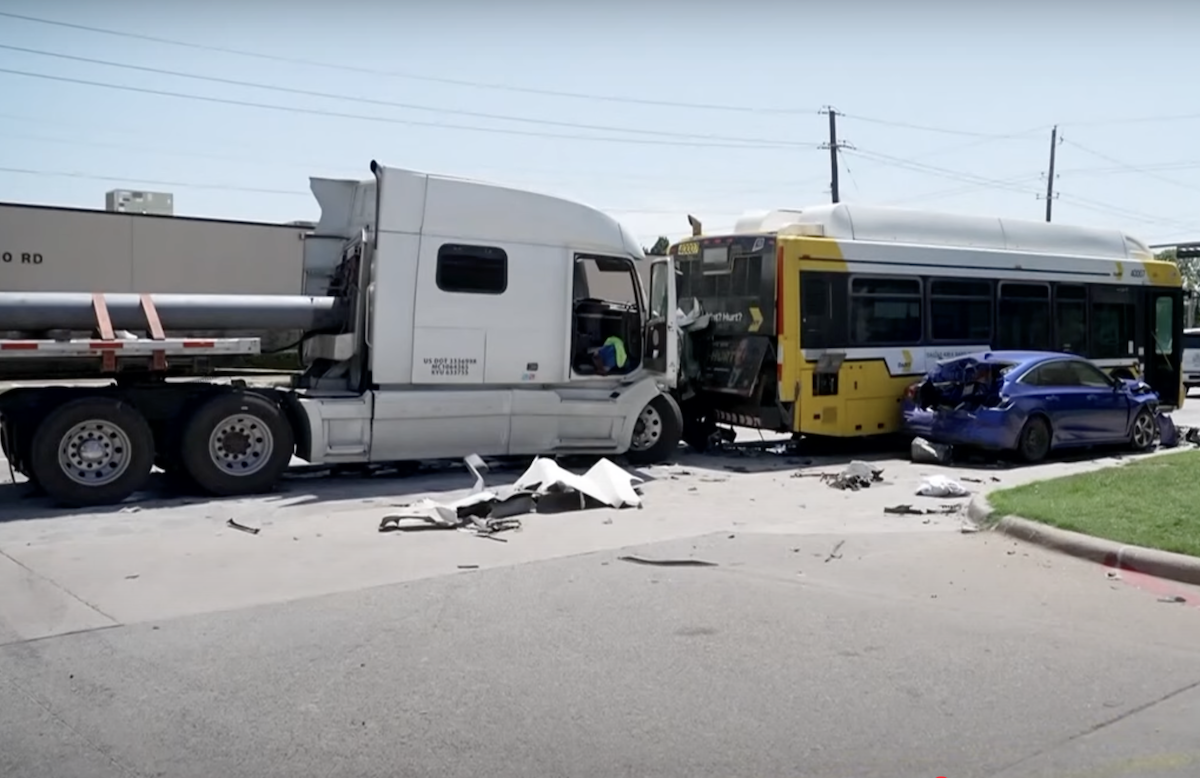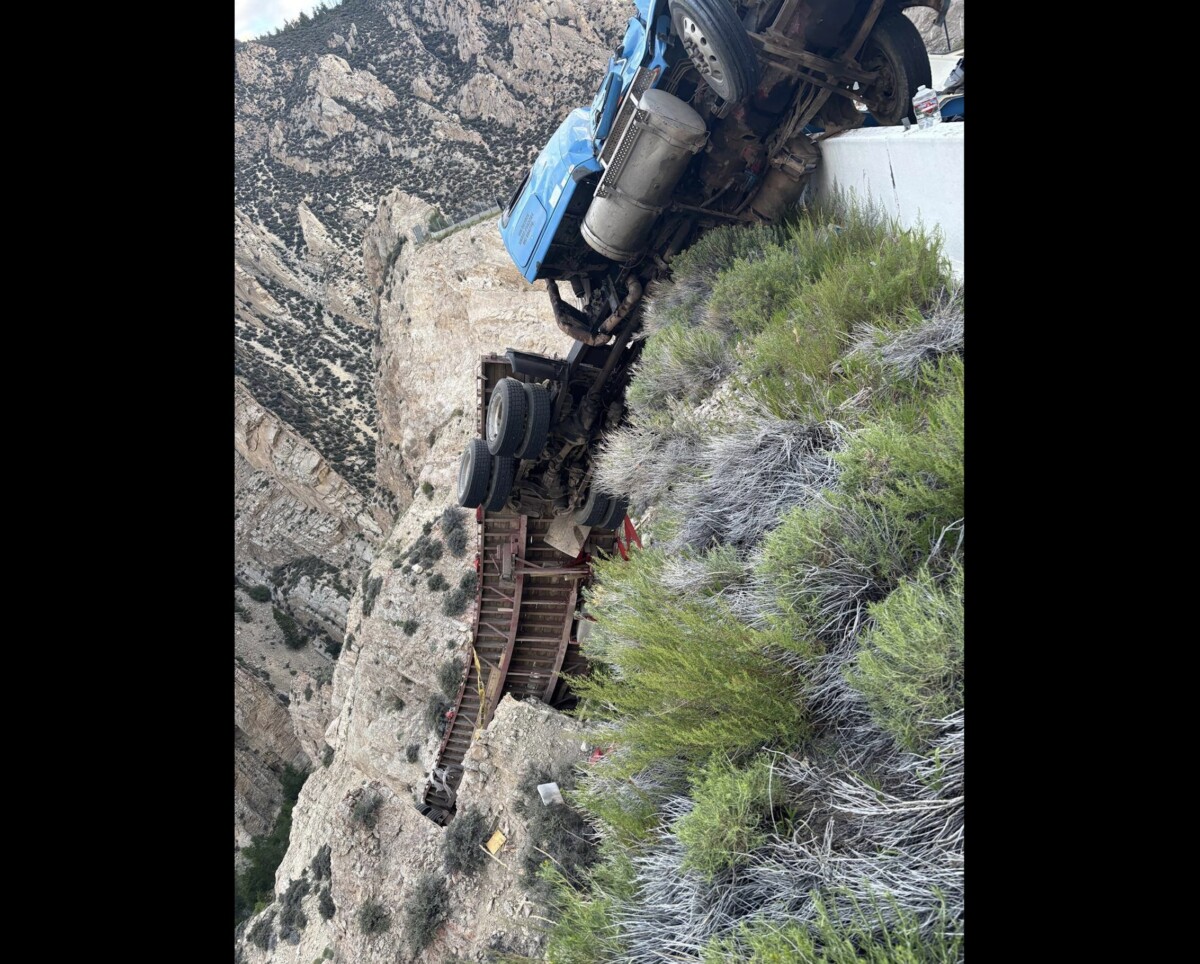(4kodiak/Getty Images)
Although truck parking in the U.S. is predominantly located at private truck stop facilities, states are increasingly looking to expand public parking to address the critical parking shortage, according to a new study by the American Transportation Research Institute.
The research, a collaborative effort between ATRI and the American Association of State Highway and Transportation Officials, took a hard look at alternative ways to expand public parking spots for truckers at such places as rest areas and weigh stations, repurposed state-owned welcome centers, and unstriped lots near major highways and facilities.
In addition to creating an inventory of public truck parking spaces, the research collected data on issues and costs associated with land acquisition, parking space construction, maintenance budgets and amenities offered to truck drivers.
Nationally, the average rest area has 19 truck parking spaces, while rest areas in the South average 25 spaces, and only 15 in Northeastern states.
Clearly, with a national average of only one parking space for every 11 trucks on the road, there is a critical need to find new ways to expand beyond private facilities, according to the study.
“The repercussions of the truck parking shortage can include delayed product deliveries, impaired driver safety and wellness, decreased productivity stemming from drivers ending revenue trips early, and a host of negative externalities, including unnecessary emissions and heightened safety risks for all road users,” the study said. “The proliferation of truck parking spaces reduces the strain of the truck parking shortage; therefore, the expansion of publicly provided truck parking benefits drivers, the trucking industry, and all road users by reducing unauthorized truck parking and emissions.”
“State DOTs strive to deliver the most safe, effective and efficient transportation network possible; as a result, they continue to pursue a wide range of investments that enhance the nation’s multimodal freight system,” said Shayne Gill, AASHTO’s program director for multimodal transportation. “Addressing truck parking needs across the country is one of those investments crucial to ensuring we maximize the benefits our highway system provides.”
It won’t be easy, and it won’t be cheap.

Average truck parking spaces by region. (ATRI)
The study said the cost of constructing one truck parking space varies depending on the scale of the project, materials used (e.g., asphalt versus concrete), and the location of the prospective site. The average cost for a state to construct one truck parking space was $113,395, which is almost $20,000 more than the median cost of $93,500.
Forty percent of states have applied for U.S. Department of Transportation grants for truck parking, and from 2022 to 2026, three federal grant programs have committed almost $752 million to truck parking projects.
In addition, the average annual state rest area service and maintenance budget is $8.6 million, and the median is $5 million. Per rest area, the average annual service and maintenance budget is $208,619, and the median budget is $179,630.
The research team used qualitative and quantitative data provided by state DOTs in the initial data collection to identify themes and innovative approaches to truck parking throughout the country.
Through the study process, three topics were identified, including:
- Implementation of truck parking information systems
- State plans to provide truck parking during inclement and extreme weather conditions
- Repurposing state-owned facilities for truck parking
The study said many drivers are apprehensive about parking at weigh stations. One common response is the belief that if drivers park at a weigh station, there is a greater likelihood of a vehicle inspection that could delay their planned route. By allowing truck parking at weigh stations, states increase truck parking availability and may reduce the frequency of trucks parking alongside ramps, shoulders and other unauthorized locations. Nonetheless, more than twice as many truck drivers have not noticed a reduction in authorized truck parking near weigh stations as those who have.






